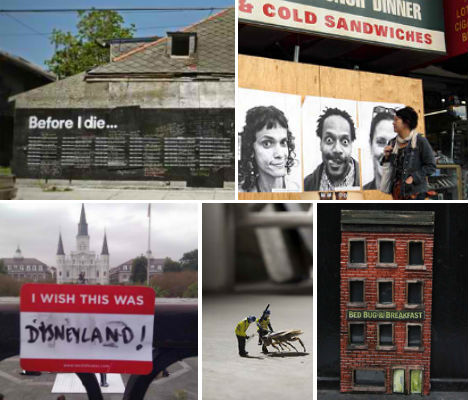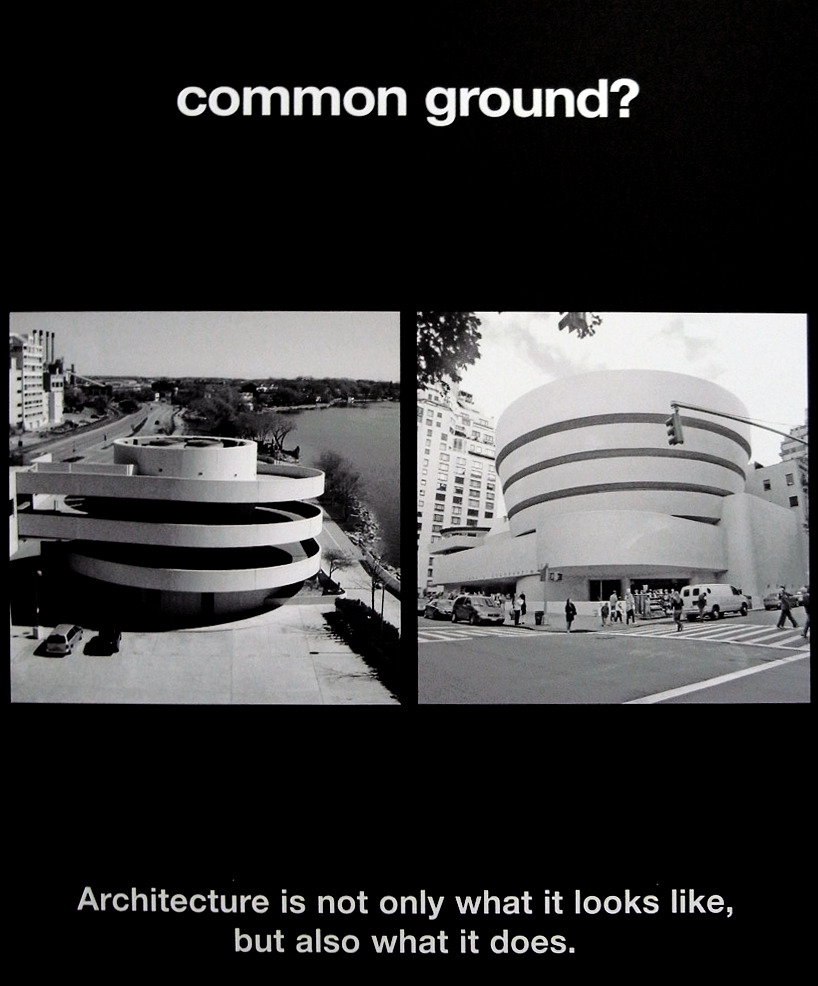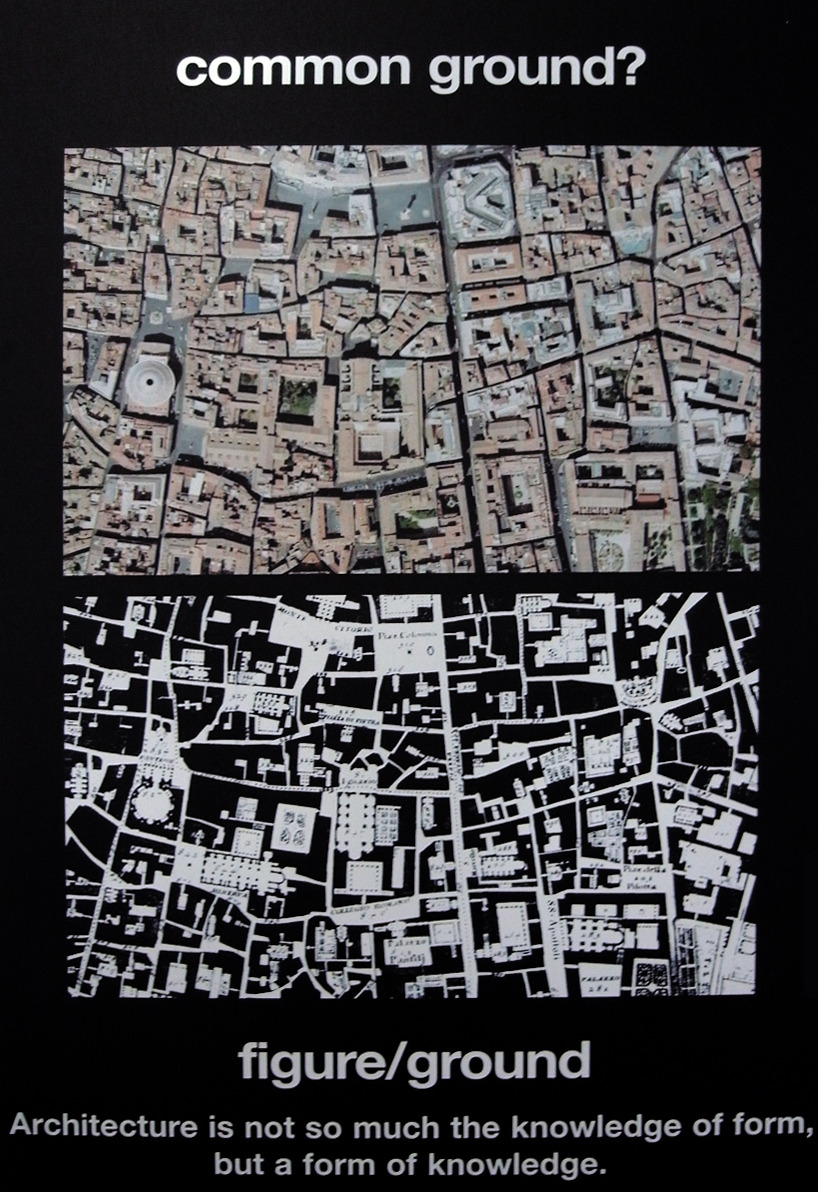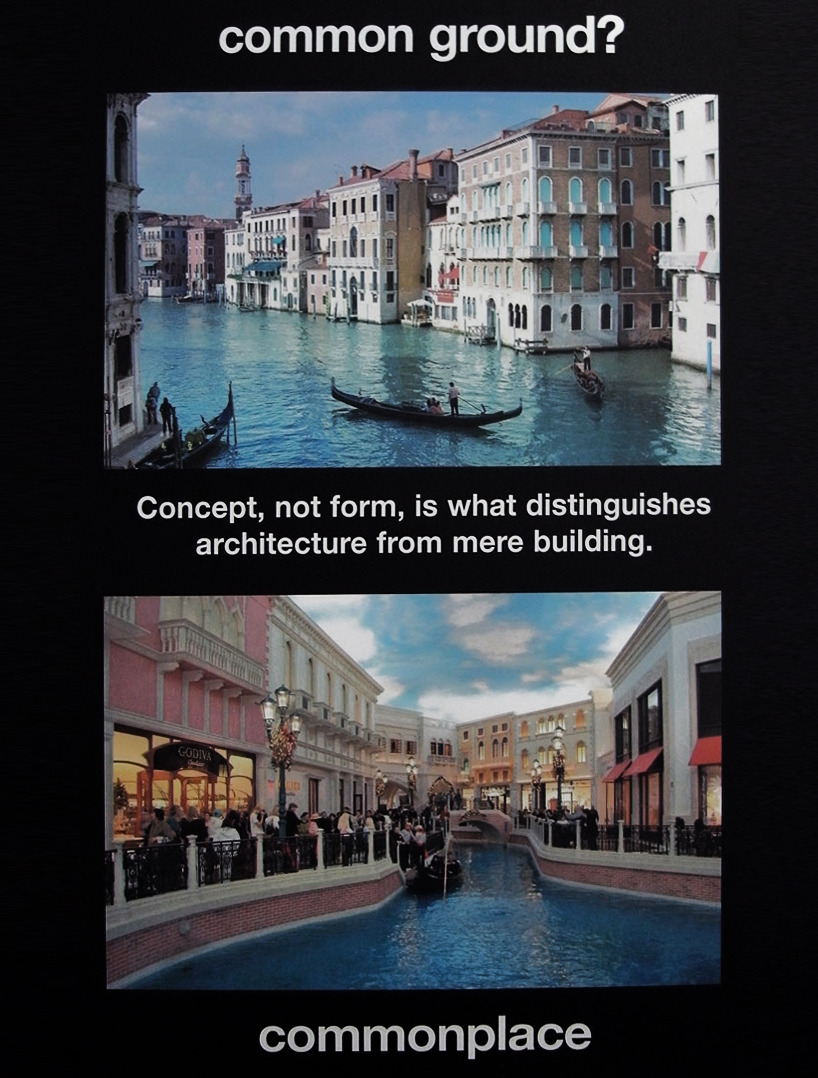Check this out: http://www.cambridgema.gov/solar/
Maybe there is something like it in Boston? Invisible infrastructures anyone? :)
Rethinking architecture as an intervention in the city of Boston | BAC | Fall 2012 | Aviva Rubin
Friday, September 28, 2012
Mappings (continued)
Think of these 'titles' as a NEW way of approaching typical map themes. And push back on my 'titles' - what is more fitting for you? Toni - what is your focus? For example, one could look at 'crime' through the lens of demographics, institutions, open space, and transportation. How? What patterns emerge?
(Please note: the red are elements we (as a studio) haven't yet included or dealt with that may be of interest to your larger design pursuits)
(Please note: the red are elements we (as a studio) haven't yet included or dealt with that may be of interest to your larger design pursuits)
Thursday, September 27, 2012
Wednesday, September 26, 2012
On maps
Maps to me don't have to be quite as rigid as what seems to be the general definition of a 'map.'
When you're little in school you learn geography and the states and capitols and the locations of all the countries in the world. And maybe you remember these and maybe you don't, and maybe it's because you learned a song, or maybe you assigned specific colors or patterns to these regions and that was helpful. But maps to me can be more fluid, and representational than geographically accurate. Take the Nolii plan, for example. While accurate, you're attention is not drawn to 'oh, look Massachusetts is pink,' or 'Finland is sort of shaped like a finger,' your attention is drawn to the similarities and differences of what is solid vs. what is void. The information maps offer can be more fluid and workable, as in diagrams, to convey a message or an intent. I think that laying information on top of each other in form of a map is often beneficial, but to me sometimes maps loose their beauty or significance when too much import is laid upon "accuracy."
Nolii plan
When you're little in school you learn geography and the states and capitols and the locations of all the countries in the world. And maybe you remember these and maybe you don't, and maybe it's because you learned a song, or maybe you assigned specific colors or patterns to these regions and that was helpful. But maps to me can be more fluid, and representational than geographically accurate. Take the Nolii plan, for example. While accurate, you're attention is not drawn to 'oh, look Massachusetts is pink,' or 'Finland is sort of shaped like a finger,' your attention is drawn to the similarities and differences of what is solid vs. what is void. The information maps offer can be more fluid and workable, as in diagrams, to convey a message or an intent. I think that laying information on top of each other in form of a map is often beneficial, but to me sometimes maps loose their beauty or significance when too much import is laid upon "accuracy."
Nolii plan
Mutable Maps
Thoughts.
There is a small part of the reading mapping reading i'm skeptical of, Cosgrove explains that the maps can free the reader from the confining perspective of the photograph or painting. I don't want to undermine
the idea completely because I can see how that might be the case but I would argue that it is more the
cartographer who is freed from the constraints. The reader Cosgrove is speaking of is left only with
the distilled information the cartographer wished to convey and is perhaps more confined than before.
That said the added restriction is the maps primary virtue, if for example the reader wishes to see a
map of roads in a particular region they don't want to be disrupted by topographical information as well
and so a map of restricted to highways alone is more suitable. In this way the reader had been freed of
unnecessary information but perhaps not perspective.
This particular aspect of mapping relates well to my experiences with mapping our current site. In
most regards creating my map has been an endeavor in finding what my perspective is. If I were to
include all the information I could the map becomes illegible or misrepresented and what I wish to
show becomes clouded and unapparent, similarly too little information and it represents little. My final
thought is that the map exists in a state of mutability, as selected information is coming together I expect connections will be made which I will want to then emphasize by altering the content.
There is a small part of the reading mapping reading i'm skeptical of, Cosgrove explains that the maps can free the reader from the confining perspective of the photograph or painting. I don't want to undermine
the idea completely because I can see how that might be the case but I would argue that it is more the
cartographer who is freed from the constraints. The reader Cosgrove is speaking of is left only with
the distilled information the cartographer wished to convey and is perhaps more confined than before.
That said the added restriction is the maps primary virtue, if for example the reader wishes to see a
map of roads in a particular region they don't want to be disrupted by topographical information as well
and so a map of restricted to highways alone is more suitable. In this way the reader had been freed of
unnecessary information but perhaps not perspective.
This particular aspect of mapping relates well to my experiences with mapping our current site. In
most regards creating my map has been an endeavor in finding what my perspective is. If I were to
include all the information I could the map becomes illegible or misrepresented and what I wish to
show becomes clouded and unapparent, similarly too little information and it represents little. My final
thought is that the map exists in a state of mutability, as selected information is coming together I expect connections will be made which I will want to then emphasize by altering the content.
Saturday, September 22, 2012
Cartograms
I spent quite a deal of thinking on the section entitled 'Mapping Meaning Into the Map' starting on page 9.
Scale, framing, selection, and coding add meaning to a map.
Scale being the most important, in my opinion, because we all have the same sense of 'scale'. Generally, humans use everyday objects to help describe a metric without using a number. Two car-lengths. 5 football fields. 4 arms-lengths.
We all can imagine sizes and distances based on these 'measurements'.
I started thinking about taking away the 'comfortable' scale and using a distorted sense of scale to push an agenda/intent/idea. Take away our conventional sense of scale on a map and one must focus much more intently on the content and relative relationships shown. Cartograms are such things.
Above is a map of the world 'distorted' to represent a country's size based on its wealth.
Is this map inaccurate?
What is an accurate map?
I think this method of looking at scale raises the question: Are maps with 'true' scale accurate? To whom and to what end are they accurate.
Do you learn MORE about the world from this map or from the cartogram?
An interesting article I read this past summer: What Transit Maps Reveal about Cities - Dwell
Scale, framing, selection, and coding add meaning to a map.
Scale being the most important, in my opinion, because we all have the same sense of 'scale'. Generally, humans use everyday objects to help describe a metric without using a number. Two car-lengths. 5 football fields. 4 arms-lengths.
We all can imagine sizes and distances based on these 'measurements'.
I started thinking about taking away the 'comfortable' scale and using a distorted sense of scale to push an agenda/intent/idea. Take away our conventional sense of scale on a map and one must focus much more intently on the content and relative relationships shown. Cartograms are such things.
Above is a map of the world 'distorted' to represent a country's size based on its wealth.
Is this map inaccurate?
What is an accurate map?
I think this method of looking at scale raises the question: Are maps with 'true' scale accurate? To whom and to what end are they accurate.
Do you learn MORE about the world from this map or from the cartogram?
An interesting article I read this past summer: What Transit Maps Reveal about Cities - Dwell
Friday, September 21, 2012
GoogleMaps; it's up in yo' bizness . . .
Considering this week's reading is all about mapping I thought I'd share this new discovery . . . apparently GoogleMaps now has been mapping the INTERIORS of stores / businesses . . .
. . . well this certainly changes the mapping of things . . .
. . . well this certainly changes the mapping of things . . .
Sunday, September 16, 2012
Representation Precedents and Guerrilla Urban Interventions (cont'd)
The Interventionist's Toolkit: Project, Map, Occupy
Interactive Urbanism: 5 Simple Street Art Projects
The Arsenal of Inclusion & Exclusion
Some beautiful Drawings / Maps / Representations / Infographics
Studio Gang Drawings
BAC Spring 2012 Total [Re]Design Maps
Saturday, September 15, 2012
21 Swings
To put a smile on your day – public space project by Canadian design collective Daily Tous Les Jours makes a giant musical instrument out of color-coded swings.
via Exploreblog
Thursday, September 13, 2012
Wednesday, September 12, 2012
BAC Lecture on Urbaneering: a Vision for the Future of Urbanism
This is an interesting lecture that was on the BAC website.
It touches on our studio topic and also the discussion we had last class on the
topic…..” whats an architect’s job actually is now and for the future.”
Architecture Ads by Bernard Tschumi
between 1976-1977, french architect bernard tschumi produced a series of posters which were considered to be manifestos for understanding architecture and the activities surrounding it. on the occasion of the 2012 venice architecture biennale tschumi has reconceptualized the edition of prints, used as advertising tactics in which to highlight the differences between architectural theory within the academic realm, and its actual disjunctive, luxurious state in reality. for this production, the architect has focused on addressing the biennale’s theme of ‘common ground’ raising questions which work exhibited in the show must answer offering pictorial comparisons of built structures accompanied by statements on what architecture is.
12 Innovative Ways to Rethink Our Cities From the U.S. Pavilion at the Venice Architecture Biennale (Tree Hugger)
I saw this link while I was searching for the term 'Bicycle Cafe' . . . there's some good ideas in there.
- Aaron
Tuesday, September 11, 2012
Michael Kimmelman on 'Spontaneous Interventions' at the Venice Biennale
"Every city is a fixer-upper, as one architect puts it in a video running at the pavilion: that’s the American message. “Spontaneous Interventions”
is the title of the presentation, which highlights 124 small-scale,
often anonymous, mostly collaborative projects to improve cities. They
range from pop-up book-shares in disused phone booths to plug-in street
furniture for food cart patrons; from portable playgrounds and guerrilla
gardens that hijack newspaper-vending boxes for ready-made planters, to
flea markets on abandoned lots.
Organized by Cathy Lang Ho, Ned Cramer and David van der Leer for the
Institute for Urban Design, along with Michael Sorkin, the institute’s
chairman, and Anne Guiney, the show may not be the first but it is the
latest and one of the most panoramic surveys of this sort of insurgent,
unplanned, provisional, do-it-yourself micro-cultural citizen activism.
That many of the projects here skirt authority and don’t involve
architects suggests not that architects aren’t important or that cities
don’t depend on top-down plans. It suggests that cities and architects
still have a ways to go to catch up with an increasingly restless
public’s appetite for better design and better living.
And that the public isn’t waiting"
Sunday, September 9, 2012
Friday, September 7, 2012
Subscribe to:
Posts (Atom)




















